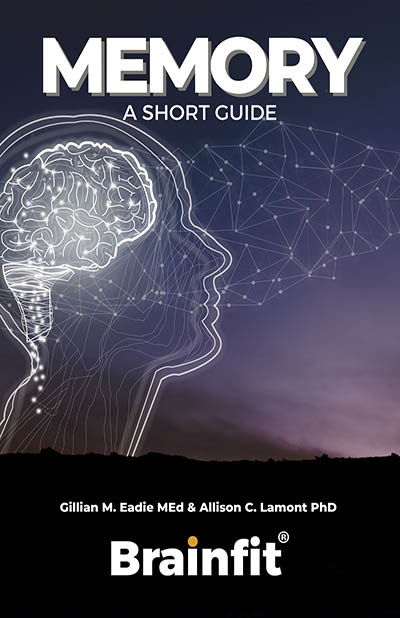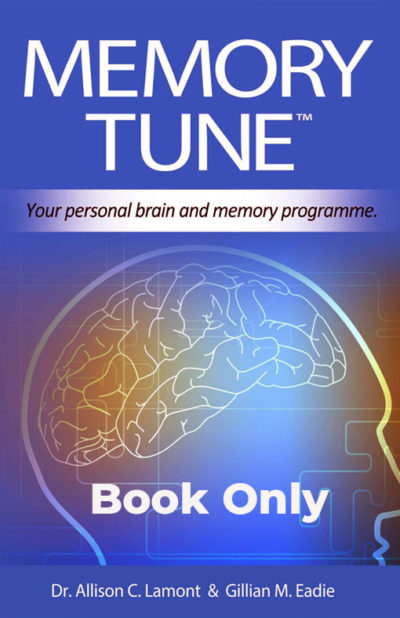Jazz is in a class of its own.
But you might not know
That the brains of jazz players work
DIFFERENTLY!
Charles Limb, John Hopkins School of Medicine professor, loves jazz.
He has a listening zone set up in his rooms.
One day, listening to John Coltrane, he wondered just HOW that jazz-great produced such amazing, improvised music.
Does a jazz musician think differently? What makes such creativity possible?
With colleague AK Braun, he designed a plastic keyboard for jazz musicians to play inside an MRI machine. What they found astonished them.
Whether the jazz players were improvising on simple scales or interacting with a piped-in jazz quartet, similar brain patters emerged.
BUT
They weren’t the same brain patterns that we would have.
The jazz-brains ‘switched off’ the lateral portions of the prefrontal cortex (the parts that govern self-monitoring and inhibition) while activating the areas where ‘novel material can occur outside of conscious awareness and beyond volitional control’.
“So essentially,” says Limb, “a musician shuts down his inhibitions and lets his inner voice shine through.” (Want to read the whole study?)
And that’s not all.
The scans also showed enhanced activity in the senses as the jazz players entered a trance-like state – ‘the zone’ – as their creativity flowed. They had a heightened sense of seeing, tasting, feeling, touching …….. just the way they were when very young, experiencing the world around them.
Other artists know this feeling. And all of us would think and remember better if we could reawaken these feelings, too. They are all still there – just a bit under-used in this modern, Left-Brain world.
Braun was also fascinated to find that:
‘These same patterns occur during deep REM sleep. It’s tantalizing to think some connection exists between improvisation and dreaming, which are both spontaneous events. These musicians may in fact be in a waking dream.”
Find out how to ‘turn on’ your creativity Right Brain Workout




